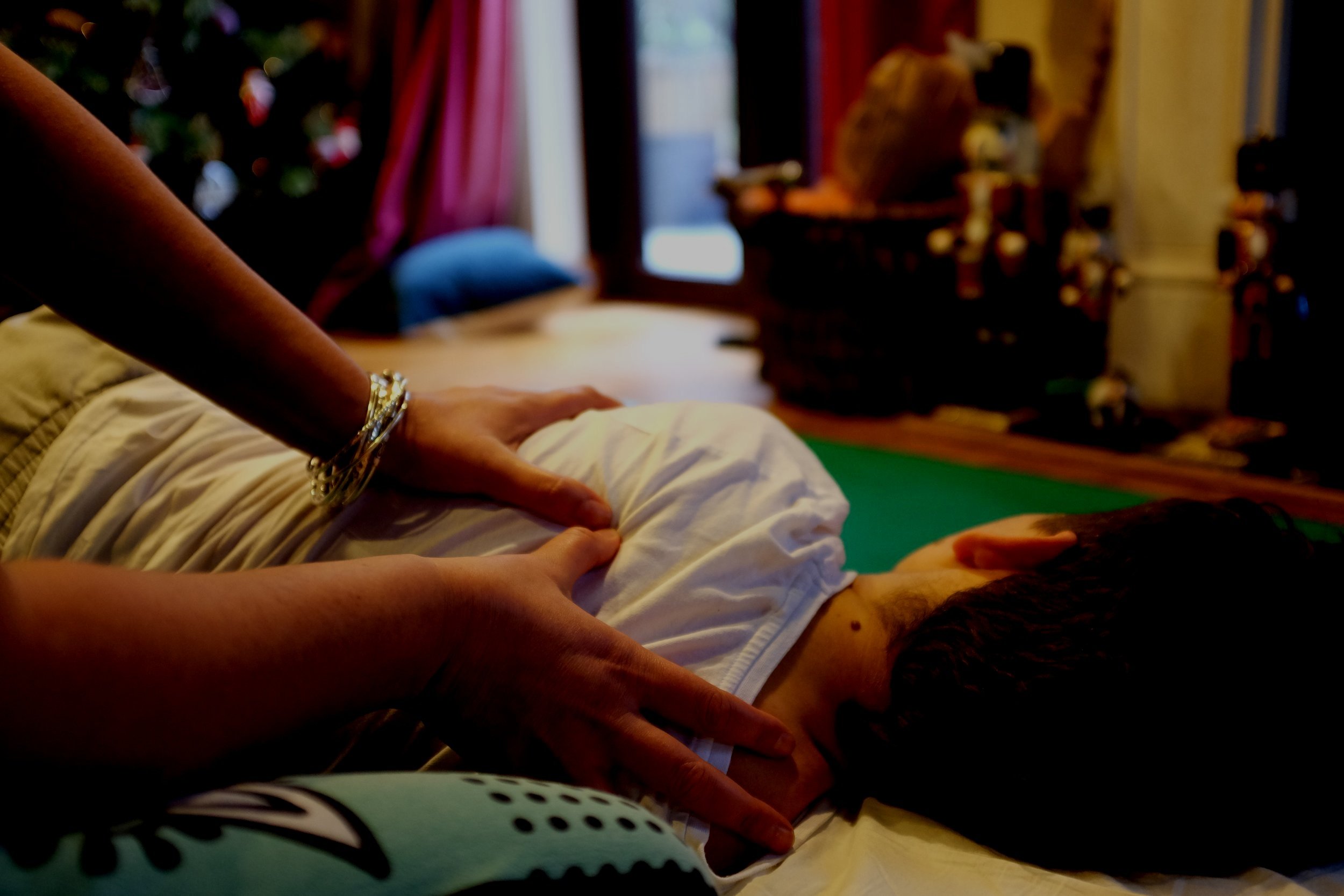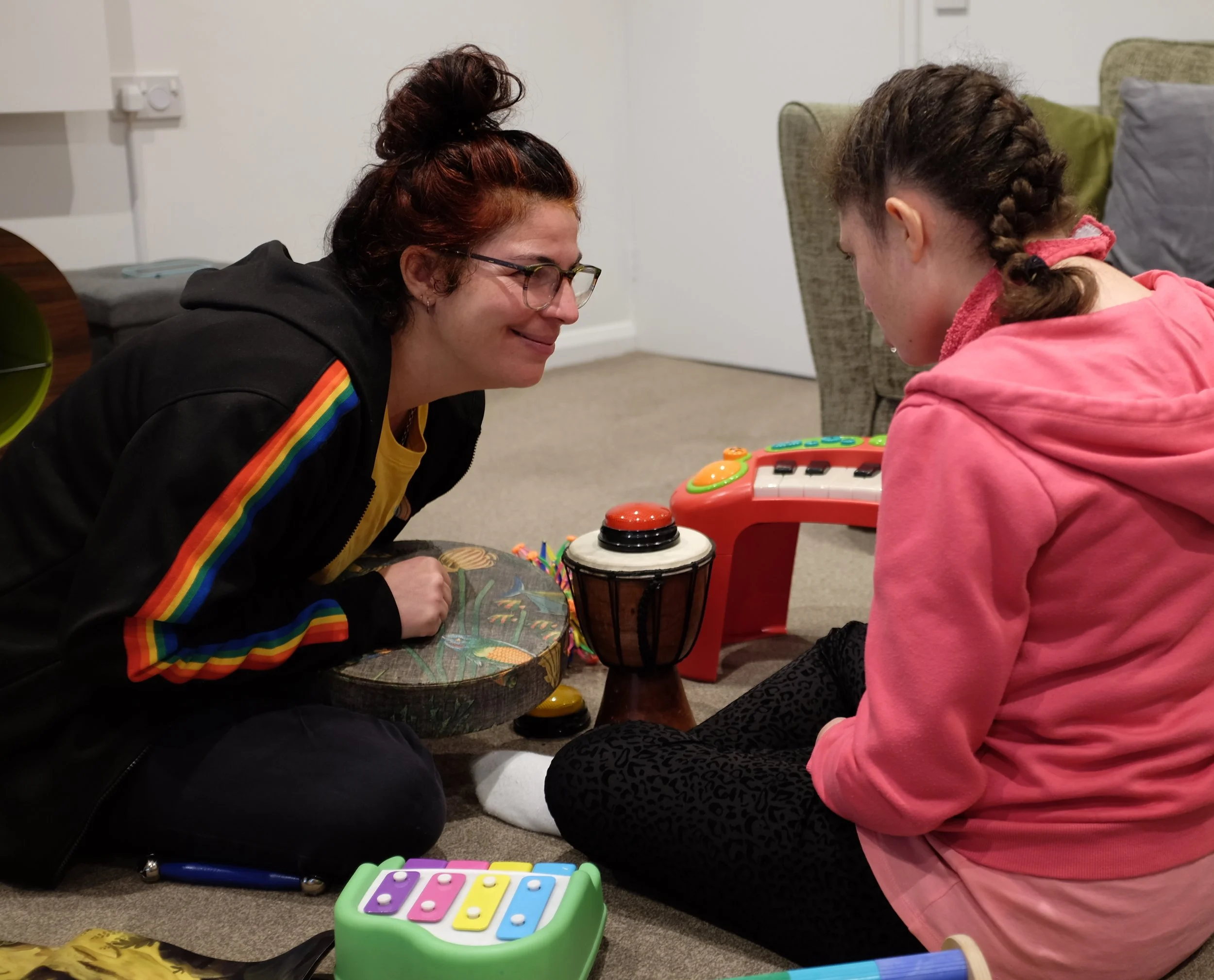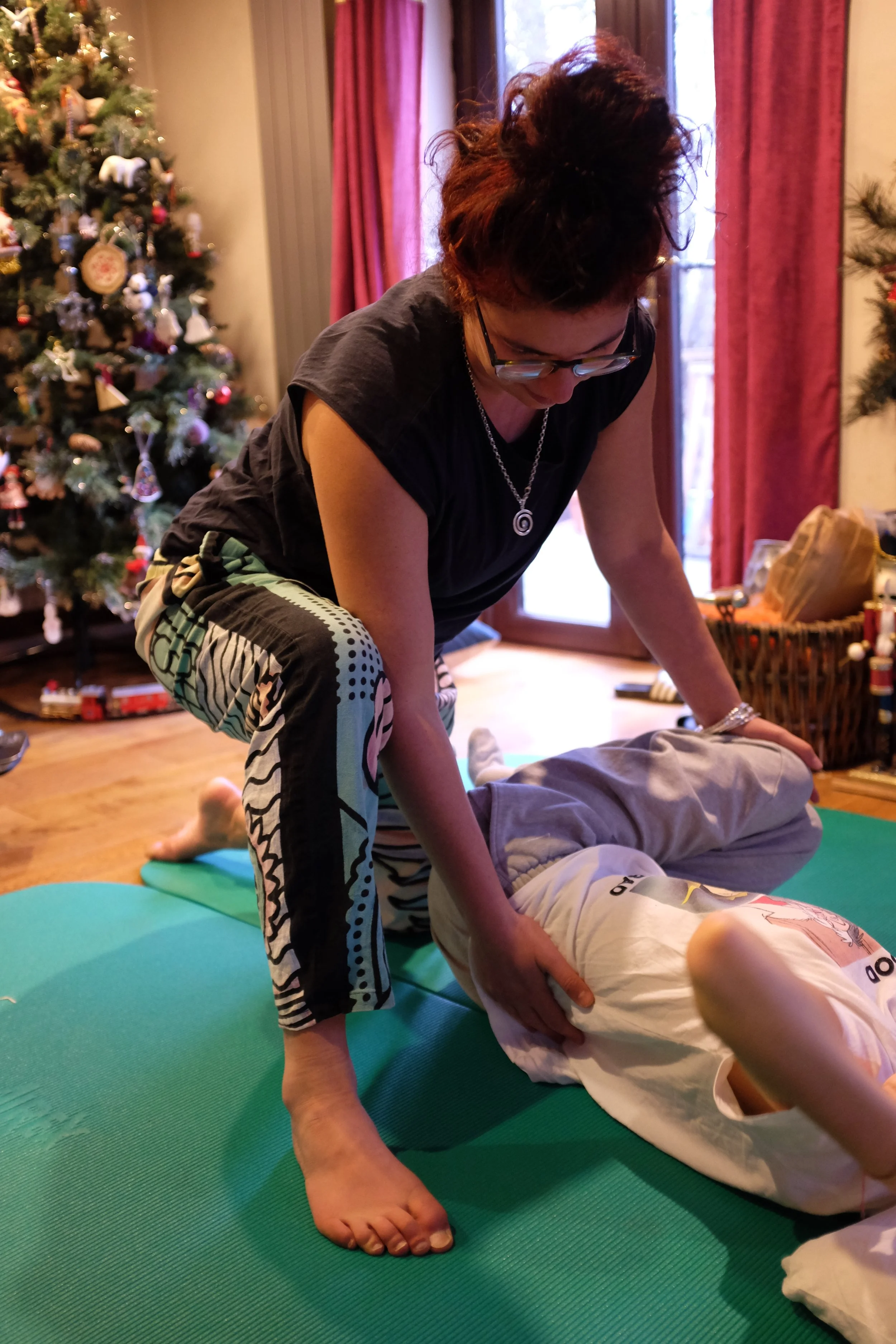
Therapeutic Creative and Sensory Sessions in Newhaven |
Home Visits Available
Creating Connection Through Creativity and Sensory Experience
At Every Expression Therapies, I offer therapeutic creative and sensory sessions that provide a gentle alternative to traditional talking therapy. These bespoke sessions create space for exploration, expression, and connection through multiple modalities that adapt to your unique needs and preferences.
Based in Newhaven, East Sussex, I welcome clients in our therapy space or I can visit your home environment if you feel more comfortable.
What is at the Heart of This?
Expression and connection. Sometimes words aren't the right fit—whether due to age, disability, neurodivergence, sensory needs, or simply personal preference. These sessions acknowledge that healing, growth, and meaningful connection can happen through many different channels.
I create a responsive, adaptable space where your way of being is honoured and understood. For younger clients and those with Special Educational Needs and Disabilities (SEND), these sessions provide a supportive framework that respects individual communication styles and sensory requirements.
Together, we find paths to connection that feel right for you or your child—through movement, creative expression, sensory exploration, or whatever combination works best.
About Therapeutic Creative and Sensory Sessions
These 60-minute sessions integrate various therapeutic approaches, always framed within a therapeutic context that supports emotional processing, sensory integration, and personal development. Each element is chosen with intentional therapeutic aims:
Sensory stories and exploration: Using multi-sensory narratives to develop engagement, emotional understanding, and social connection while addressing sensory needs
Gentle massage and movement work: Supporting body awareness, emotional regulation, and proprioceptive development through consent-based touch and guided movement
Expressive arts: Using drawing, painting, clay work, and other creative mediums to externalise feelings and experiences that may be difficult to verbalise
Sound and rhythm work: Incorporating musical instruments, voice work, and rhythm activities to develop self-regulation, emotional expression, and communication
Therapeutic play: Using structured and unstructured play to explore relationships, process experiences, and develop coping strategies
Sensory circuit activities: Creating personalised sensory experiences that support regulation, focus, and integration
Each therapeutic technique is adapted to your specific needs, with the understanding that seemingly simple activities—like exploring textures or moving to music—can facilitate profound therapeutic benefits when approached with intention and awareness.
Special Interest Integration
Special interests represent far more than preferences—they're often gateways to connection, motivation, and meaningful engagement. I approach special interests with respect and therapeutic purpose by:
Using special interests as metaphors to explore emotional experiences (such as using favourite characters to discuss different emotional states)
Adapting therapeutic activities to incorporate themes from special interests, making challenging work more accessible
Creating personalised sensory stories featuring preferred characters or themes
Using the language and concepts from special interests to build communication bridges
Recognising how special interests can serve as self-regulation tools
Honouring the depth of knowledge and passion around special interests as strengths
Whether it's incorporating elements from a beloved TV show, using specific music that holds meaning, or integrating particular objects or textures that provide comfort, these interests become valuable therapeutic tools rather than distractions.
Who These Sessions Support
These therapeutic creative and sensory sessions are particularly well-suited for:
Young people (under 18) who may not connect with traditional talking therapy
Children and adults with Special Educational Needs and Disabilities (SEND)
Neurodivergent individuals seeking an affirming therapeutic experience
Those with sensory processing differences
Anyone who communicates or processes experiences in non-traditional ways
People exploring alternatives to verbal therapy approaches
For sessions with young people under 18, where able, both parent/guardian and young person consent are requested.
I hold an Enhanced DBS certificate, allowing me to work safely with children and vulnerable adults.
Session Options & Accessibility
In Our Newhaven Space
Calm, adaptable environment
Variety of materials and resources
Adjustable lighting and sensory options
Free parking
20-minute walk from Newhaven train station
Home Visits
Sessions in your familiar environment
Reduced transition anxiety
Travel available throughout East Sussex (travel charges apply outside Newhaven)
All sessions are tailored to honour individual sensory preferences, communication styles, and comfort levels.
Adaptive equipment (in your home) and specialised materials can be incorporated based on your needs.
Practical Details
Investment and Sessions:
Session Length: 60 minutes
Standard Rate: £65 per session
Concession Rate: £50 (limited spaces)
Home Visit Travel Charge Outside of Newhaven Applies
Family sessions available (pricing varies)
Session Structure:
Weekly consistent time slot
Limited fortnightly options available in special circumstances
Consistency is an important part of the therapeutic process
Payment and Booking:
Payment is required in advance
Weekly payment option: Due each Monday for that week's session
Monthly payment option: Due on the 1st of each month
Cancellation policy: 7 days notice required
Late cancellations will be charged at the full session rate
Before Beginning:
Free 15-minute phone consultation to discuss needs and suitability
Initial assessment to understand preferences and create a personalised approach
Frequently Asked Questions
-
There's no "typical" session—each is uniquely tailored to your needs. We might begin with a sensory check-in using visual scales or sensory tools to establish how you're feeling, then move into therapeutic activities that might include creating emotion-focused artwork, exploring different textures with therapeutic aims, engaging with narrative through sensory stories, or using movement to express and process feelings. Throughout, I'm observing and responding to your cues, adapting our approach to what feels most supportive in the moment.
-
While traditional therapy often relies primarily on verbal communication, these sessions integrate multiple forms of expression and connection. They're particularly beneficial for those who may find talking therapies challenging or insufficient. The approach is highly adaptive, following your natural communication style rather than expecting you to adapt to a fixed therapeutic model. However, the therapeutic intent remains the same—supporting emotional processing, personal growth, and wellbeing.
-
This depends on the young person's needs and preferences. For some, having a trusted adult present creates necessary safety. For others, independent exploration is beneficial. We can discuss what arrangement feels most supportive during the initial consultation.
-
Consistency creates safety and allows for deeper therapeutic work to unfold. Having a reliable, consistent space each week helps build trust and provides a stable container for exploration and growth. The predictability of sessions can be particularly important for neurodivergent individuals and those with special educational needs.
-
Special interests often provide a meaningful bridge to connection and engagement. I approach special interests as valuable resources rather than distractions. For example, if someone is passionate about trains, we might use train-themed sensory materials, create stories where trains represent different emotions, or use the predictable patterns of train schedules as metaphors for establishing routine and safety. The specific interest becomes a pathway to therapeutic aims rather than the focus itself.
-
No special preparation is needed. For home visits, a relatively quiet space where we can work without too many distractions is helpful, but I understand this isn't always possible and can adapt accordingly.
Professional Qualifications
Advanced Diploma in the therapeutic and educational application of the Arts
Postgraduate Certificate in Counselling using the Arts
Certificate in Diversity, Culture, Race & Anti-Discrimination Practice
Enhanced DBS Certificate
Registered Member of the BACP (British Association for Counselling and Psychotherapy)
Ready to Explore Whether Therapeutic Creative and Sensory Sessions Could Be Right for You or Your Child?
Book a free 15-minute consultation where you can:
Ask questions about the approach
Discuss specific needs and preferences
Learn about how sessions can be personalised
Share any accessibility requirements
Discuss practical details like scheduling and location



